Addu Nature Park, a heaven nestled on Hithadhoo Island in the Maldives, offers a captivating escape into nature. Encompassing the serene Eydhigali Kilhi wetlands and the protected Kattey area, the park boasts a diverse ecosystem teeming with life. Visitors can explore charming piers, cycle through lush mangroves, and even canoe amidst the vibrant aquatic world. Birdwatchers will delight in spotting various species, including the iconic white tern. Read through to acquire every detail about the nature park for your trip.
Addu Nature Park Location
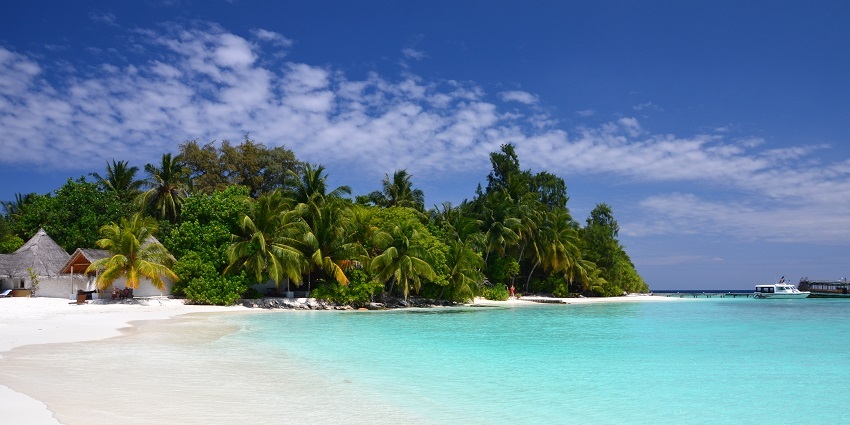
Photo: Gzzz / Wikimedia Commons / Image For Representation Only
Addu Nature Park address is Addu Atoll, the southernmost atoll of the Maldives. It encompasses several islands within the atoll, including parts of Hithadhoo, Maradhoo, Feydhoo, and Hulhumeedhoo. The park’s various attractions are spread across these islands, with many concentrated on Hithadhoo, the largest island in Addu Atoll. The park’s main features include mangrove forests, wetlands, beaches, and marine protected areas.
Suggested Read: Things To Do In Maldives With Family
How To Reach Addu Nature Park
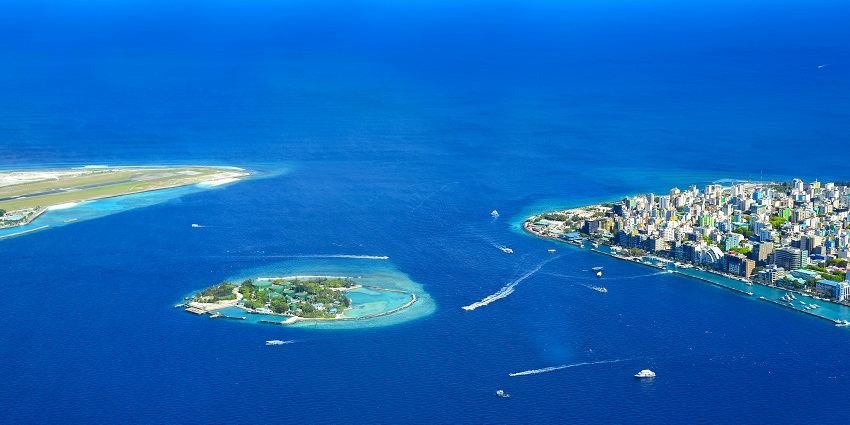
Photo: Asad Photo Maldives / Pexels / Image For Representation Only
To reach Addu Nature Park, visitors first need to travel to Addu Atoll. The most common route is to fly to Gan International Airport, located on Gan Island in Addu Atoll. Flights are available from Malé, the capital of the Maldives, operated by domestic carriers. The flight takes approximately 1 hour and 15 minutes. Visitors can use taxis, buses, or rental bicycles to explore the different areas of the nature park. Some attractions may require boat transfers, which can be arranged through local guesthouses or tour operators.
Places To Visit In Addu Nature Park
With a variety of biodiverse ecosystems lodged within, here’s a list of places to visit in Addu Nature Park:
1. Hithadhoo Protected Area
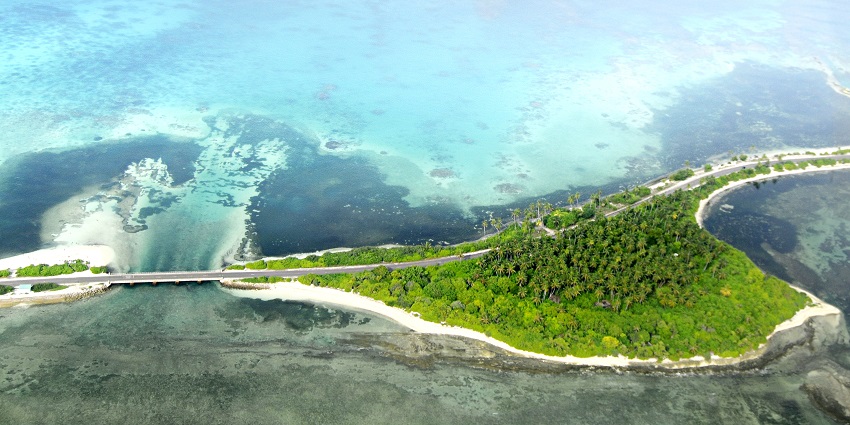
Photo: Ibrahim Asad / Wikimedia Commons / Image For Representation Only
Hithadhoo Protected Area is a pristine mangrove ecosystem located within Addu Nature Park. This lush wetland is home to diverse flora and fauna, including several species of mangroves, crabs, and birds. Visitors can explore the area via elevated wooden boardwalks that wind through the dense vegetation, offering a unique perspective of this delicate ecosystem. The protected area plays a crucial role in coastal protection and serves as a natural habitat for various marine species. Birdwatchers will appreciate the opportunity to spot local and migratory birds, including herons and kingfishers.
Timings: 6 AM – 6 PM
Entry Fee: N/A
Suggested Read: Top Water Sports In Maldives For Your Next Exciting Trip
2. Addu Wetlands
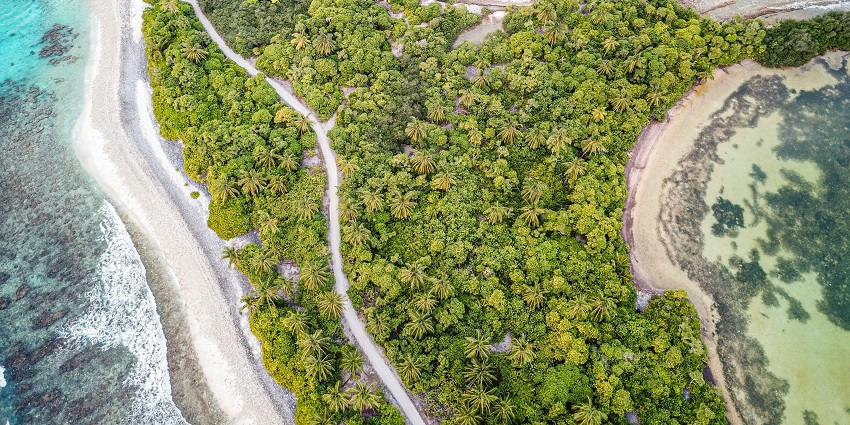
Photo: Mohamed Sameeh / Unsplash / Image For Representation Only
The Addu Wetlands are a unique freshwater ecosystem within the nature park, comprising interconnected lakes, marshes, and swamps. This biodiverse area is home to numerous plant and animal species, including water lilies, dragonflies, and various waterfowl. Visitors can explore the wetlands via kayak or canoe, gliding through narrow waterways and observing the rich wildlife up close. Guided tours are available, providing insights into the ecological importance of the wetlands and their role in water purification and flood control.
Best Time To Visit: Sunrise to sunset
Entry Fee: N/A
3. Eydhigali Kilhi
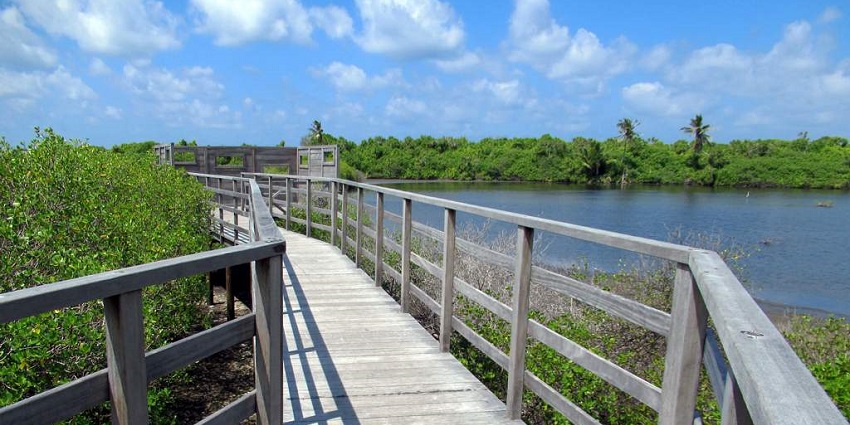
Photo: David Stanley / Wikimedia Commons / Image For Representation Only
Eydhigali Kilhi is a picturesque freshwater lake located within the nature park. This serene body of water is surrounded by lush vegetation and serves as a vital habitat for various plant and animal species. Visitors can explore the lake and its surroundings via a well-maintained boardwalk, which offers excellent views of the water and wildlife. The area is particularly known for its diverse bird population like the white-breasted waterhen and the moorhen. Eydhigali Kilhi also plays a crucial role in the local ecosystem, helping to regulate water levels. Informative signs along the boardwalk educate visitors about the lake’s ecology and conservation efforts.
Timings: 7 AM – 5 PM
Entry Fee: MVR 50 (approximately $3.25 USD) for non-residents
Suggested Read: Best Places To Visit In Male
4. Meedhoo Island
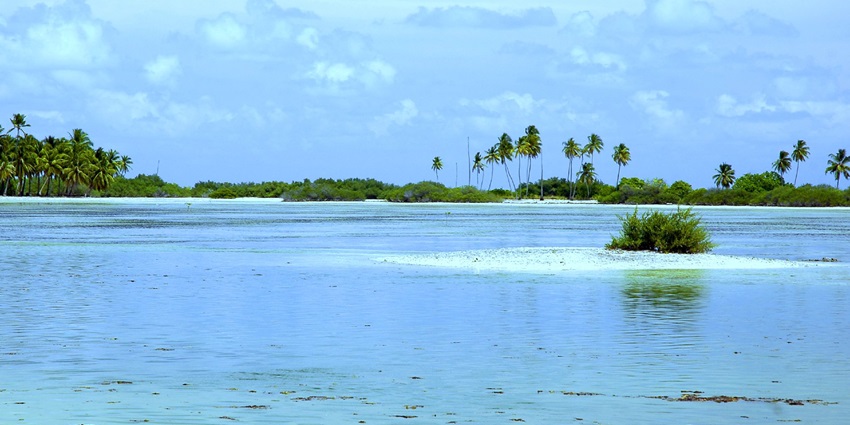
Photo: Nattu / Wikimedia Commons
Meedhoo Island, part of Addu Nature Park in Hithadoo, offers visitors a chance to explore its rich biodiversity and scenic beauty. The island features the serene Eydhigali Kilhi wetlands and the protected Koattey area, where visitors can spot various bird species, including the Maldivian plover and the white tern. Activities include cycling through lush mangroves, canoeing in Bedhi Bay to observe red mangroves and marine life, and taking guided nature tours. Meedhoo Island provides a tranquil escape for nature lovers and adventure seekers alike, with opportunities to immerse in the island’s natural wonders.
Timings: 24*7
Entry Fee: N/A
Places To Visit Around Addu Nature Park
The fun doesn’t end at the Addu Nature Park. Visit these iconic locations around the park for a complete experience.
1. Koattey Beach
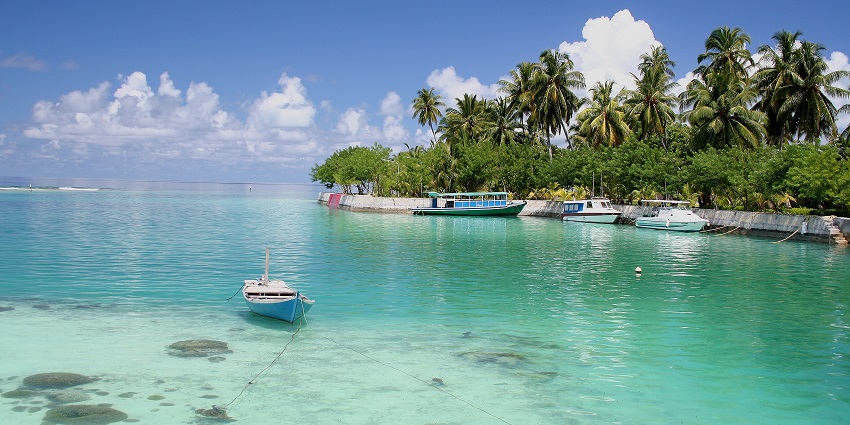
Photo: Mark Hodson Photos / Wikimedia Commons / Image For Representation Only
Koattey Beach is a stunning stretch of white sand located on the eastern coast of Hithadhoo Island. This picturesque beach offers breathtaking views of the Indian Ocean and is an ideal spot for sunbathing, swimming, and beachcombing. The crystal-clear waters are perfect for snorkelling, allowing visitors to observe colourful fish and coral formations just offshore. During low tide, interesting tidal pools form along the beach, revealing small marine creatures and offering a fascinating glimpse into the intertidal ecosystem. The beach is relatively uncrowded, providing a tranquil atmosphere for relaxation and contemplation.
Time: 24*7
Entry Fee: N/A
Suggested Read: Things To Do In Male
2. Maldivian Flying Fox Sanctuary
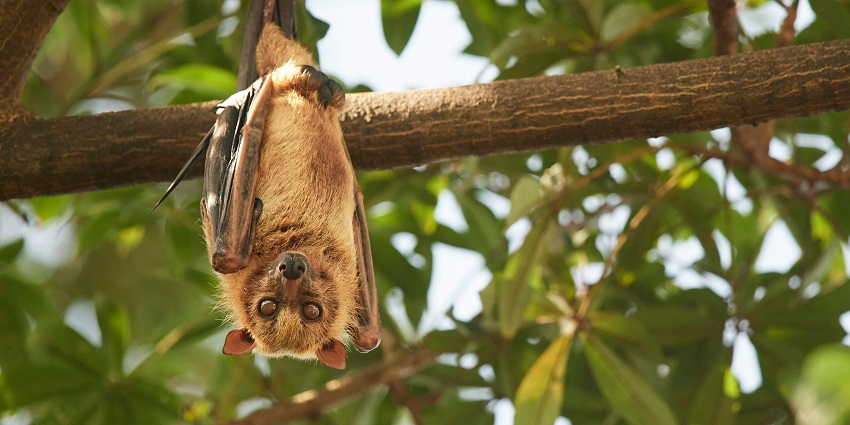
Photo: Nils Bouillard / Unsplash / Image For Representation Only
The Maldivian Flying Fox Sanctuary is a protected area dedicated to the conservation of the Maldivian flying fox, a species of fruit bat endemic to the Maldives. Visitors can observe these fascinating creatures in their natural habitat, particularly during the early evening hours when they become active. Guided tours are available, providing information about the bats’ behaviour, ecology, and importance to the local ecosystem as pollinators and seed dispersers. The sanctuary also features educational displays about bat conservation and the threats that these unique animals face.
Best Time To Visit: 4 PM – 7 PM
Entry Fee: MVR 100 (approximately $6.50 USD) for guided tours
3. Bedhi Beach
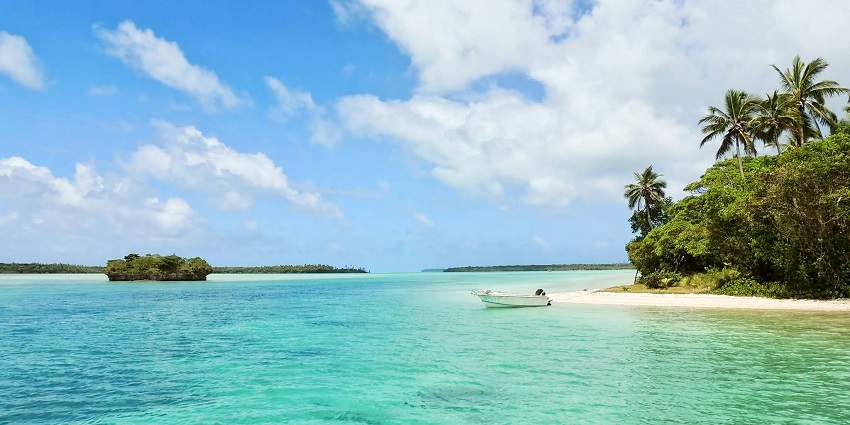
Photo: Sébastien Jermer / Unsplash / Image For Representation Only
Bedhi Beach is a secluded and pristine stretch of coastline located on the southern tip of Hithadhoo Island. This untouched beach offers visitors a chance to experience the natural beauty of the Maldives away from the crowds. The soft white sand and crystal-clear turquoise waters create a postcard-perfect setting for relaxation and swimming. Snorkelling enthusiasts will appreciate the vibrant coral reefs just offshore, teeming with colourful fish and other marine life. The beach is also an excellent spot for shell collecting, with a variety of interesting specimens washing up on the shore.
Timings: 24*7
Entry Fee: N/A
Suggested Read: Maldives Snorkelling With Breathtaking Destinations For Every Adventure Seeker
4. Addu Turtle Conservation Center
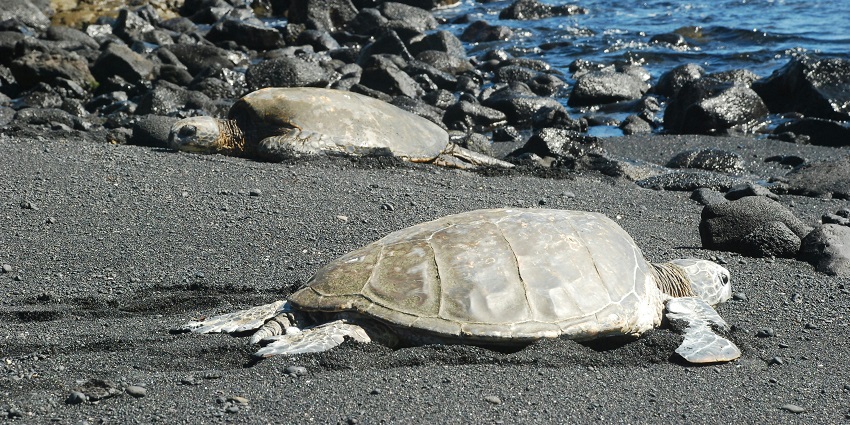
Photo: Jana Rotreklová / Unsplash / Image For Representation Only
The Addu Turtle Conservation Center is dedicated to the protection and rehabilitation of sea turtles found in the waters around Addu Atoll. Visitors can learn about the different species of sea turtles that inhabit the area, their life cycles, and the challenges they face due to human activities and climate change. The centre houses a number of rescued turtles in various stages of rehabilitation, allowing guests to observe these magnificent creatures up close. For an additional fee, visitors can participate in supervised turtle feeding sessions or join guided snorkelling trips to observe turtles in their natural habitat.
Timings: 9 AM – 4 PM
Entry Fee: MVR 150 (approximately $9.75 USD) for adults, MVR 75 for children
5. Hulhumeedhoo Historical Site
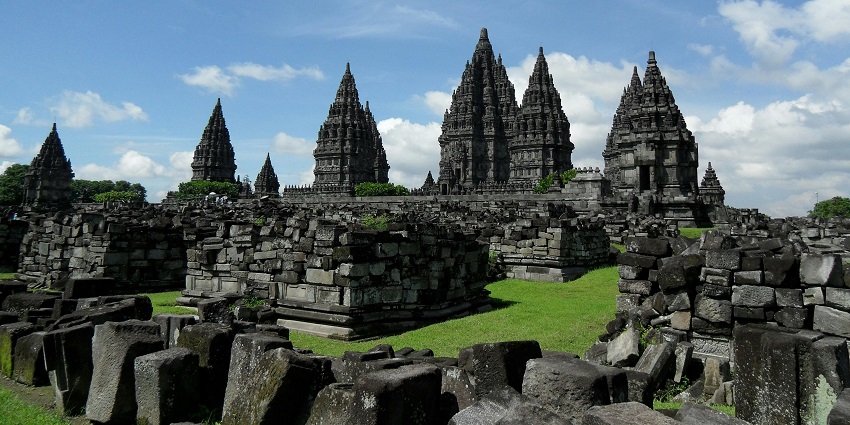
Photo: Pixabay / Pexels / Image For Representation Only
The Hulhumeedhoo Historical Site offers visitors a glimpse into the rich cultural heritage of Addu Atoll. This archaeological site features the remains of an ancient mosque and other structures dating back several centuries. Visitors can explore the ruins and learn about the history of Islam in the Maldives through informative displays and guided tours. The site also includes a small museum showcasing artefacts discovered during excavations, including pottery, coins, and jewellery.
Timings: 8 AM – 5 PM
Entry Fee: MVR 60 (approximately $3.90 USD)
Suggested Read: Things To Do In Maldives
6. Addu Manta Point
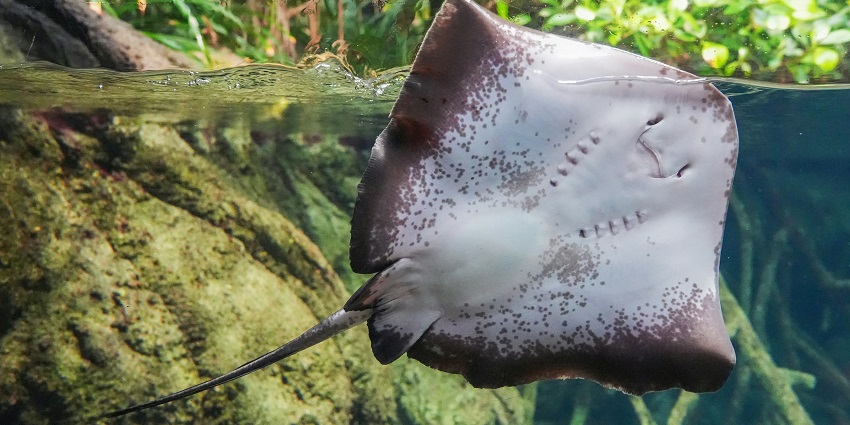
Photo: Enrique Ortega Miranda / Unsplash / Image For Representation Only
Addu Manta Point is a renowned diving and snorkelling site located just outside Addu Nature Park, where visitors have the opportunity to observe majestic manta rays in their natural habitat. These gentle giants are attracted to the area by the abundance of plankton, their primary food source. While not technically within the park boundaries, this site is closely connected to the park’s marine ecosystem. Boat trips to Addu Manta Point can be arranged through local dive shops and tour operators.
Best Time To Visit: May to November during daylight hours
Entry Fee: Varies, approximately $50-$100 USD/person
7. Baarah Island
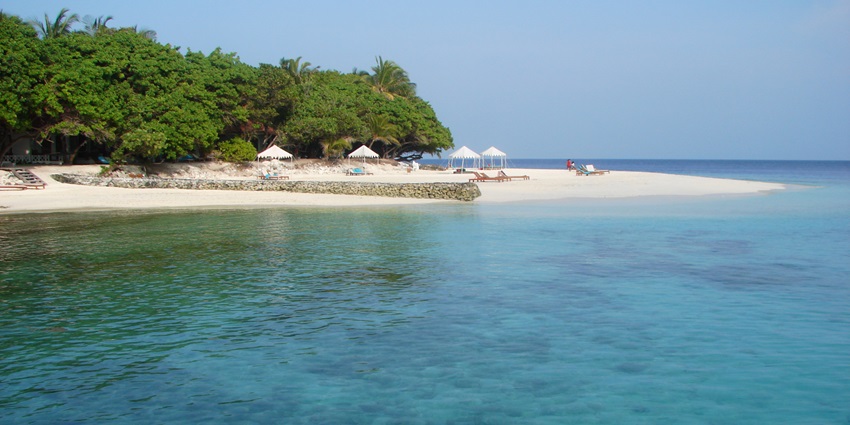
Photo: Nevit Dilmen / Wikimedia Commons / Image For Representation Only
Baarah Island, located in the northern Maldives within the Haa Alif Atoll, is a picturesque destination known for its rich history and natural beauty. Visitors can explore the enchanting Kandoofaa forest, one of the largest mangrove areas in the Maldives, and enjoy bird watching and kayaking. The island’s unique harbor, shaped like the Arabic letter “Baa,” offers a safe haven for boats and a glimpse into the island’s maritime heritage. With its vibrant community, traditional crafts, and historical landmarks, Baarah Island provides a fascinating blend of culture and nature for travelers.
Timings: 24*7
Entry Fee: N/A
Suggested Read: Private Islands In Maldives For A Luxurious And Peaceful Getaway
Where To Stay
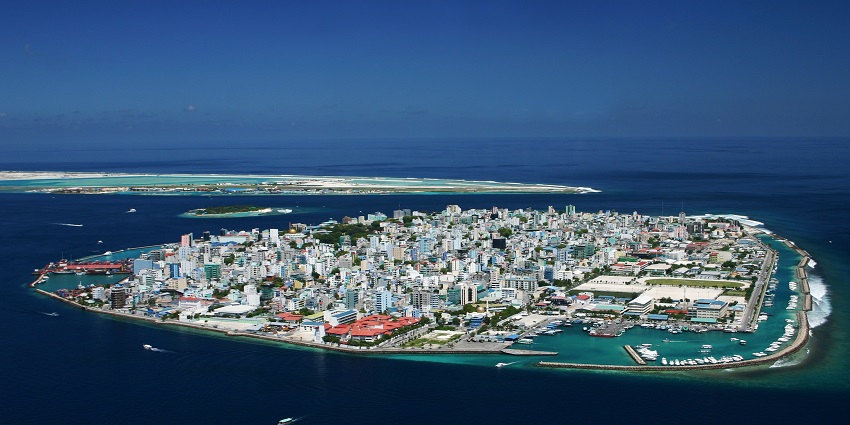
Photo: Shahee Ilyas / Wikimedia Commons / Image For Representation Only
The nature park offers a range of accommodation options to suit different budgets and preferences. Visitors can choose from guesthouses and hotels on the inhabited islands of Hithadhoo, Maradhoo, and Feydhoo. These options provide a more local experience and are often more budget-friendly.
For those seeking luxury, the Equator Village on Gan Island offers resort-style accommodations. Additionally, there are several homestays available for travellers looking for an authentic Maldivian experience. It’s recommended to book accommodations in advance, especially during peak tourist seasons.
Where To Eat
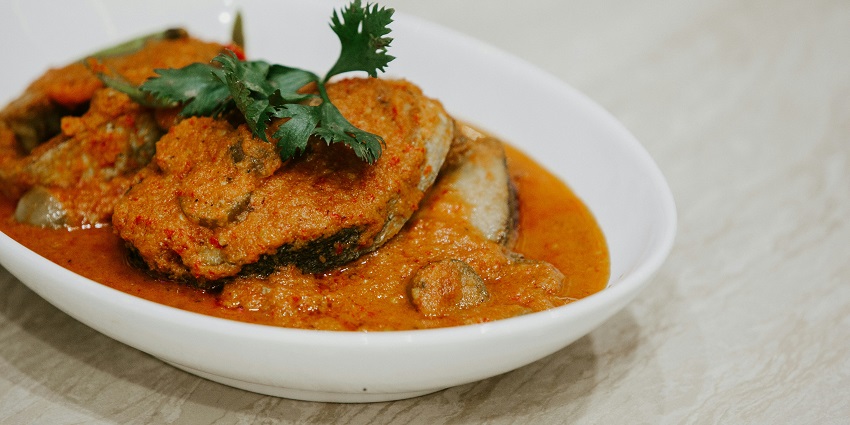
Photo: Lampos Aritonang / Unsplash / Image For Representation Only
The islands around the nature park at Addu offer a variety of dining options. Local cafes and restaurants serve traditional Maldivian cuisine, featuring fresh seafood, coconut-based dishes, and spicy curries. Hithadhoo, being the largest island, has the most diverse range of eateries, including some international cuisine options. Many guest houses also offer meal plans or have in-house restaurants. For a unique experience, visitors can try local “hotaa” for authentic Maldivian snacks and short eats.
Suggested Read: Maldives Mosques To Explore For A Blissful Getaway
Best Time To Visit Addu Nature Park
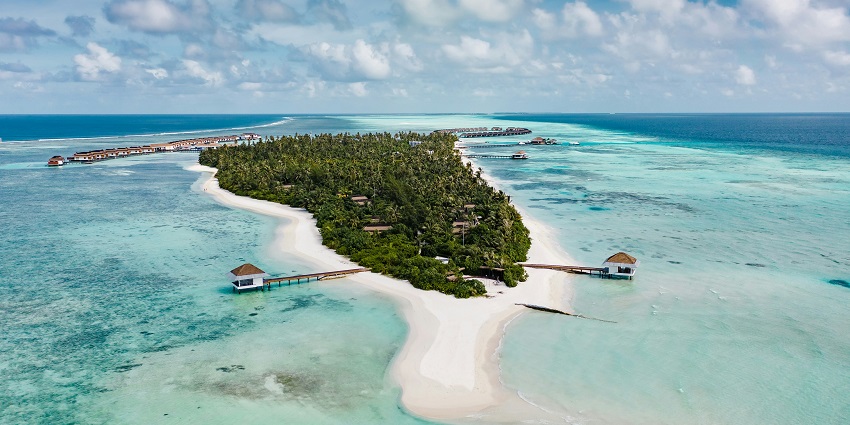
Photo: Hussan Amir / Unsplash / Image For Representation Only
The best time to visit Addu Nature Park is during the season which is dry with clear weather, which extends from the months of December to April. During this period, the weather is bright and sunny with very little chance of rainfall, making it perfect for outdoor activities like snorkelling and diving. However, this is also the main tourist period, so inflated prices are likely to be the norm along with crowded accommodations.
The wet season, from May to November, sees more rainfall but also fewer tourists and lower prices. For those interested in manta ray sightings, the best period is typically from May to November when these majestic creatures are more frequently observed in the area.
Other Factors To Consider

Photo: David Travis / Unsplash / Image For Representation Only
Average Cost Of The Trip
Daily expenses for meals and activities can range from $30 to $100 per person, depending on your choices. Transportation costs within the atoll are reasonable, with affordable local buses and moderately priced taxis available.
Tips For Travellers
- Dress modestly outside of designated tourist beaches and respect Islamic traditions, especially during Ramadan.
- Research and plan your itinerary to make the most of your visit.
- Practise responsible tourism by not touching coral reefs, avoiding single-use plastics, and following guidelines for wildlife observation.
- Click Addu Nature Park photos without disturbing any species.
Suggested Read: Things To Do In Maldives For Couple
Addu Nature Park stands as a testament to the Maldives’ commitment to preserving its natural beauty. This lush sanctuary offers visitors a unique glimpse into the rich biodiversity of the archipelago. The park’s mangrove forests, home to a variety of bird species and marine life, provide a stark contrast to the azure waters surrounding the atoll. Plan a trip with TripXL today and make the best of your holidays.
Cover Photo: Asad Photo Maldives / Pexels / Image For Representation Only


 WhatsApp
WhatsApp
 Twitter
Twitter









